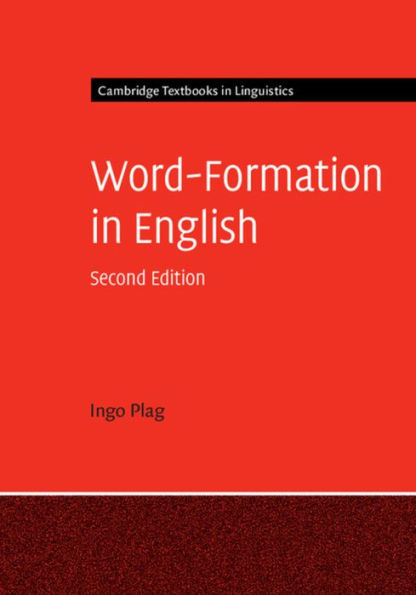This book is the second edition of a highly successful introduction to the study of word-formation, that is, the ways in which new words are built on the bases of other words (e.g. happy - happy-ness), focusing on English. The book's didactic aim is to enable students with little or no prior linguistic knowledge to do their own practical analyses of complex words. Readers are familiarized with the necessary methodological tools to obtain and analyze relevant data and are shown how to relate their findings to theoretical problems and debates. The second edition incorporates new developments in morphology at both the methodological and the theoretical level. It introduces the use of new corpora and data bases, acquaints the reader with state-of-the-art computational algorithms modeling morphology, and brings in current debates and theories.



